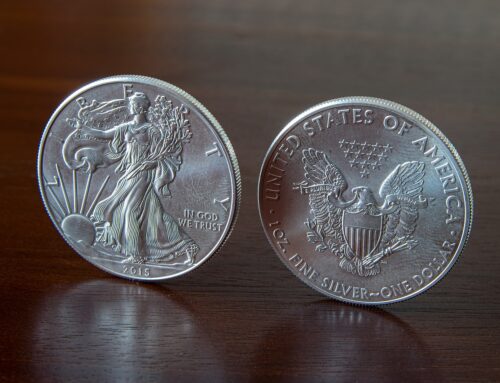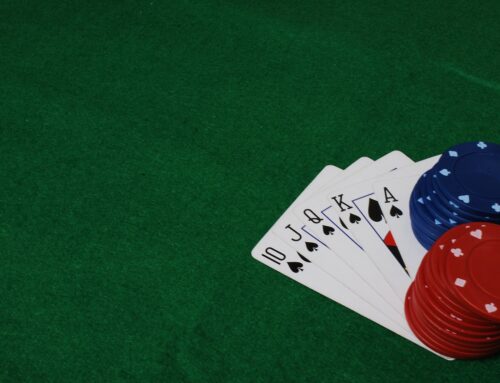Sudden big price moves can trigger in you a neurobiological and psychological chain reaction that results in errors of judgement and in the destruction of alpha.
The neurobiological effect of acute noise, such as that which arises from extreme price action, is that you lose the capacity for conscious and deliberate thought. When you experience this kind of amygdala hijack your metabolic resources are diverted away from the executive centre of your brain, and you are physically unable to think properly. Acute noise radically deprives you of your capacity to think well; it robs you of your ability to generate alpha.
When your psychological equipment is ill-prepared for a sudden surge in cognitive load that is caused by an extreme price move, you will attempt to cope with the situation by relying on simplifying rules of thumb, some of which are operating outside of your immediate awareness. These heuristics are sometimes helpful but they are always imperfect, so your reliance on them makes you prone to errors of judgement. Extreme price action can seriously cloud your judgement precisely when you need to be thinking most clearly.
You can temporarily take leave of your senses, abandon your investment process in the heat of the moment, and do things that you later regret. This might seem like an amateur error, but even the greatest fund managers are not immune to the acute noise that arises from extreme price action.
Stanley Druckenmiller was the manager of Soros Fund Management’s $20 billion Quantum Fund for over a decade. Despite his skill and experience, Druckenmiller became a victim of extreme price action when the tech bubble burst in 2000.
Ironically, he had been long tech shares during 1999 and had then sold out all of his tech exposure in January 2000, a couple of months before the peak. But the prices of tech shares continued to run up very hard, and this price action enticed Druckenmiller back into the market.
He later said in an interview on Bloomberg Television (November 2013): “I bought the top of the tech market in March of 2000 in an emotional fit I had because I couldn’t stand the fact that it was going up so much, and it violated every rule I learned in 25 years.”
He describes the action he took and the consequences: “I put billions of dollars in within hours of the top. And, boy, did I get killed the next couple months.” The Nasdaq peaked at a level of about 5,000 in March 2000 and bottomed out at about 1,200 (-75%) in September 2002.
By his own admission, Druckenmiller could not withstand the noise that was generated by the price action of a market going up so fast. He had spent two and a half decades designing and refining a highly successful investment process, but this episode of acute noise made him abandon his process at a critical moment. That lapse of judgement led to severe losses for his investors and it also led to an abrupt end to his partnership with George Soros.
This seems to illustrate something simple enough: design a decent process and follow that process. It may be simple, but it’s definitely not easy. Even if you are able to design a decent process, what makes this all so very difficult is the ever-lurking threat of noise. Even if you have the mental toughness to stick to your process when it is going through the inevitable fallow patch and your performance is lagging the market and/or your peers, when there is a sudden spike in noise from extreme price action it can be too much to withstand, as Druckenmiller said. But even if you can stick to your process, it is no guarantee that things will work out well.
Despite being long tech at the end of a massive bull market, Druckenmiller had earlier voiced his concern over the possibility of it being a bubble and its inevitable bursting. In making this prediction he had something in common with another giant of the hedge fund world, Julian Robertson. Where they differed was the manner in which they approached the phenomenon of this extreme price action.
Robertson ran the highly successful hedge fund firm, Tiger Management, whose assets peaked at $21 billion in 1998. He was forced to shut down his firm two years later after a period of underperformance and client withdrawals.
In the late 1990s Robertson refused to play the rapidly rising tech market from the long side, preferring to invest in so-called Old Economy companies that better suited his orientation as a value investor. His dogged determination to stick to his process and not be sucked into extreme price moves showed great ability to withstand this source of noise. But noise is a terrible and cunning shape-shifter that will retreat from a battle that looks unwinnable only to appear in another guise elsewhere, perhaps more ferocious and destructive.
Robertson’s apparent immunity to extreme price action was admirable, but this same attribute had the unintended consequence of triggering other sources of noise. His non-participation in the sharp run-up in tech share prices was also part of the reason his funds suffered from a period of severe underperformance, which also turned his clients into a source of noise.
Investors who were dissatisfied with Tiger’s returns started a trickle of redemptions which quickly turned into a tide that the firm could not withstand. Just as the tech bubble burst in spectacular fashion in March 2000, Robertson returned the remaining $6 billion to his investors, pulled down the shutters on his firm, and retired to New Zealand.
Although Robertson was able to withstand the acute noise created by extreme price action and stick to his investment process, in doing so he effectively shifted the vulnerability to noise from himself to his less resilient clients who were the weakest link in his chain. While he did not abandon his process, his clients abandoned him.
- How do you maintain your investment discipline in the face of acute noise?
- What latent sources of noise should you attend to before they manifest?
- What are the weak links in your chain? What will you do about these?







Leave A Comment